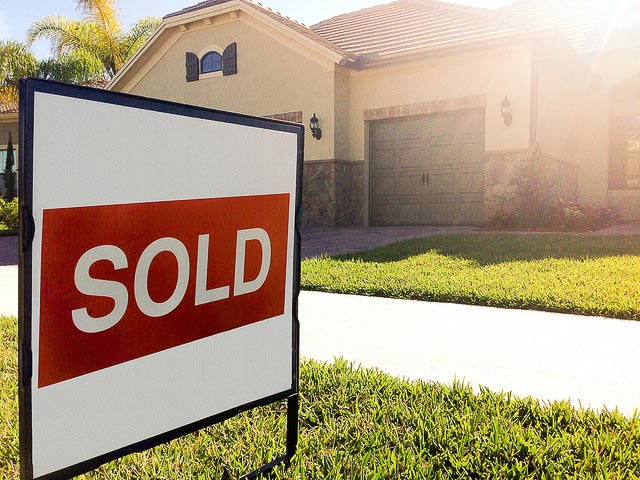The share of households spending more than 30 percent of their annual incomes on housing – the center’s definition for a "moderate" cost burden – had been on the rise before the Great Recession, the JCHS found, but the trend began to recede in 2010.
But while the cost of housing has long plagued low-income residents, its increasingly becoming a problem even for moderate income households, according to JCHS data.
“Much to their detriment, cost-burdened households are forced to cut back on food, healthcare, and other critical expenses,” the report reads. “Affordable housing thus means a dramatic improvement in quality of life for households able to obtain it.”
Here’s a look at the 10 most affordable and least affordable metropolitan areas in the Sun Belt, an area the Kinder Institute is especially interested in studying (we consider the Sun Belt to include cities below the 36°30′ north parallel).
The JCHS report contains information on the nation’s 100 largest metro areas. For our "least affordable" list, we identified the places with the biggest share of households -- including both home owners and renters -- that spend between 30 percent and 50 percent of their annual income on housing.
For the most affordable areas, we highlighted the Sun Belt cities with the largest percentage of households spending less than 30 percent of their income on housing. On that list, we included 11 cities so that our home base, Houston, would make the cut.

